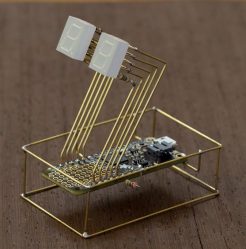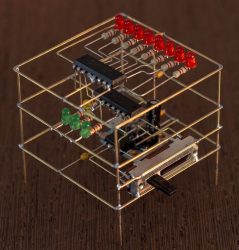Way back in the day, if you were exceptionally clever, you could just solder more RAM to your computer. You did this by taking a DIP, stacking it on top of an existing RAM chip, bending out the enable pin, and soldering everything down. Wire the enable pin to an address pin, and you have more RAM. [Eric] wanted to get a game running on a Tandy 1000A, but that computer just doesn’t have enough RAM. The solution was to stack the RAMs. It’s a human centipede of deadbugging skills.
We’ve mentioned this before, but I just received another copy of either the best or worst press release I’ve ever seen. Dateline George Town, Cayman Islands: Onstellar is a cryptocurrency-based social network focusing on the paranormal. Apparently, you can use a blockchain to talk about UFOs. It gets better, though: Onstellar will be exhibiting at the world’s largest UFO conference at the beginning of June, in the middle of the Mojave, where a bunch of Air Force and Navy planes are flying all the time. It seems like you would want to have a UFO conference where there’s a lower rate of false positives, right?
A Biohacker has died. Aaron Traywick was found dead in a sensory deprivation chamber in Washington DC this week. Traywick found fame as the CEO of Ascendance Biomedical and by skirting the FDA by self-medication; he recently injected himself with a ‘research compound’ that he said could cure herpes. He was planning CRISPR trials in Tijuana.
You’ve heard of Bad Obsession Motorsports, right? It’s a YouTube channel of two blokes in a shed stuffing a Celica into a Mini. It is the greatest fabrication channel on YouTube. They haven’t uploaded anything in six months, but don’t worry: the next episode is coming out on May 18th. Yes, this is newsworthy.
As further evidence that Apple hardware sucks, if you plug both ends of a USB-C PD cable into a MacBook, it charges itself.
Defcon China is this week. Let me set the scene for you. Last year, at the closing ceremonies for Defcon (the Vegas one), [DT] got up on stage and announced 2018 would see the first Defcon in China. The sound of four thousand raised eyebrows erupted. We’re interested to see how this one goes down. Here are the talks It’s a bit light, but then again this is only the first year.
The Swiss Guard is now 3D printing their helmets. The personal army of the Pope also wears funny hats, and they’re replacing their metal helmets with 3D printed ones. Of note: these helmets are printed in PVC. The use of PVC has been repeated in several high-profile publications, leading me to believe that yes, these actually are printed in PVC, or everyone is getting their information from an incorrect Vatican press release This is odd, because PVC will give everyone within a five mile radius cancer if used in a 3D printer, and you wouldn’t use PVC anyway if ABS and PLA are so readily available. If you’re wondering if injection molding makes sense, giving each new recruit their own helmet means producing about thirty per year; the economics probably don’t work.
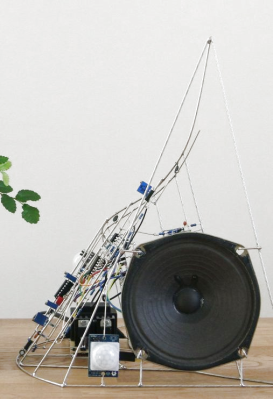 When it rains, it pours (wonderful electronic sculpture!). The last time we posted about freeform circuit sculptures there were a few eye-catching comments mentioning other fine examples of the craft. One such artist is [Eirik Brandal], who has a large selection of electronic sculptures. Frankly, we’re in love.
When it rains, it pours (wonderful electronic sculpture!). The last time we posted about freeform circuit sculptures there were a few eye-catching comments mentioning other fine examples of the craft. One such artist is [Eirik Brandal], who has a large selection of electronic sculptures. Frankly, we’re in love.
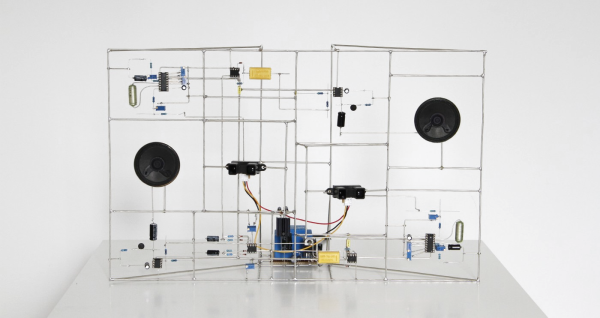
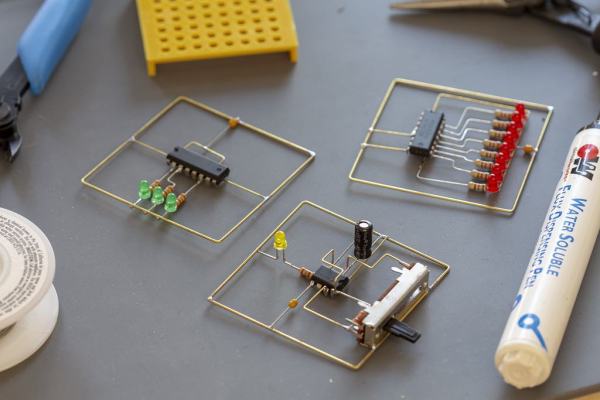
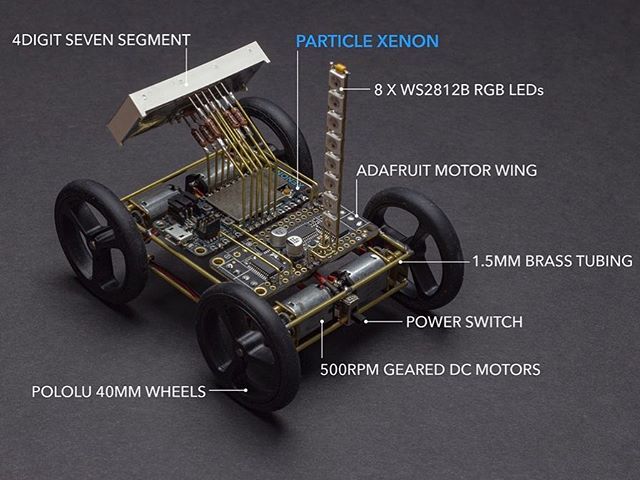 tiny BGA components (ok, that one might be more cool than practical). Perhaps our favorite use is to create art, and [Mohit Bhoite] is an absolute genius of the form. He’s so prolific that it’s difficult to point to a particular one of his projects as an exemplar, though he has
tiny BGA components (ok, that one might be more cool than practical). Perhaps our favorite use is to create art, and [Mohit Bhoite] is an absolute genius of the form. He’s so prolific that it’s difficult to point to a particular one of his projects as an exemplar, though he has 